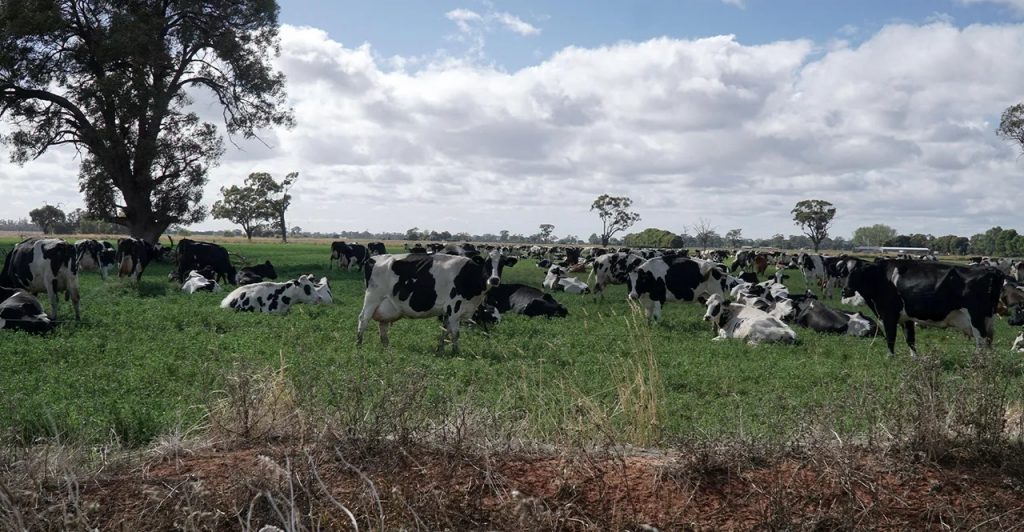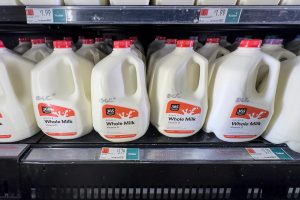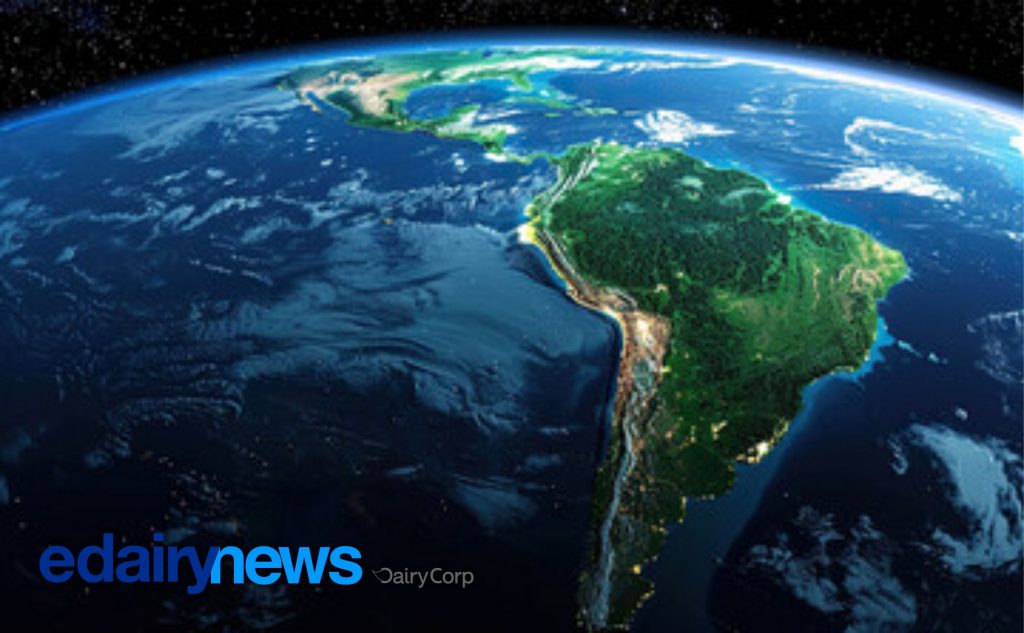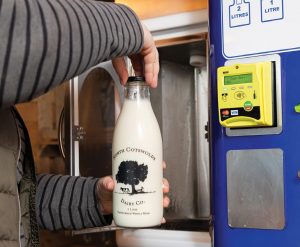
A New Study Reveals How Covered Dairy Lagoons Can Slash Methane Emissions by 80%, Transforming Agribusiness into a Source of Renewable Energy.
A new study by the University of California, Riverside, finds that converting open dairy manure lagoons into covered digesters could slash greenhouse gas emissions by approximately 80%. This discovery is critical, as dairy farms are among California’s top methane emitters. The research, led by climate scientist Francesca Hopkins, was conducted as California pushes to meet its ambitious 2030 goal of reducing greenhouse gases by 40% from 2013 levels.
The findings provide crucial data on the effectiveness of these systems, which have been in use for years in California but lacked detailed performance metrics. The study, conducted on a large-scale farm, measured emissions both before and after a digester was installed, confirming a dramatic reduction. The success was attributed to a well-built system that was meticulously monitored, with identified leaks quickly repaired. This data journalism provides a compelling case for the technology’s potential.
While a proven climate solution, the economics of installing these systems remain a significant hurdle. The cost can range from $4,000 to $5,000 per milk cow, making them a challenge for small dairies. The financial viability of these digesters largely depends on the payments farmers receive for their biogas. However, developers are working to make them more accessible for smaller operations by adapting designs and creating clusters of farms that share a central biogas upgrading facility.
The rising interest in these digesters is also driven by a growing market for renewable energy. The captured biogas can be converted into renewable vehicle fuel and electricity, offering a clean, low-carbon alternative to diesel. This trend is gaining momentum as transportation companies face pressure to reduce emissions and are increasingly looking for cost-effective, sustainable fuel sources. This creates a valuable new revenue stream for the dairy industry.
Ultimately, dairy lagoon digesters are at the heart of climate and energy conversations because they offer a swift, impactful way to curb a potent pollutant. Methane is roughly 80 times more powerful than CO2 in the short term, so reducing its emissions can quickly help “bend the climate curve.” With 138 digesters either built or funded in California as of late 2024, the state projects that the dairy and livestock sector will contribute to a third of its GHG reduction target.
Source: Waste360, “Why Dairy Lagoon Digesters Are Now a Part of Climate and Energy Conversations”
You can now read the most important #news on #eDairyNews #Whatsapp channels!!!
🇺🇸 eDairy News INGLÊS: https://whatsapp.com/channel/0029VaKsjzGDTkJyIN6hcP1K





















